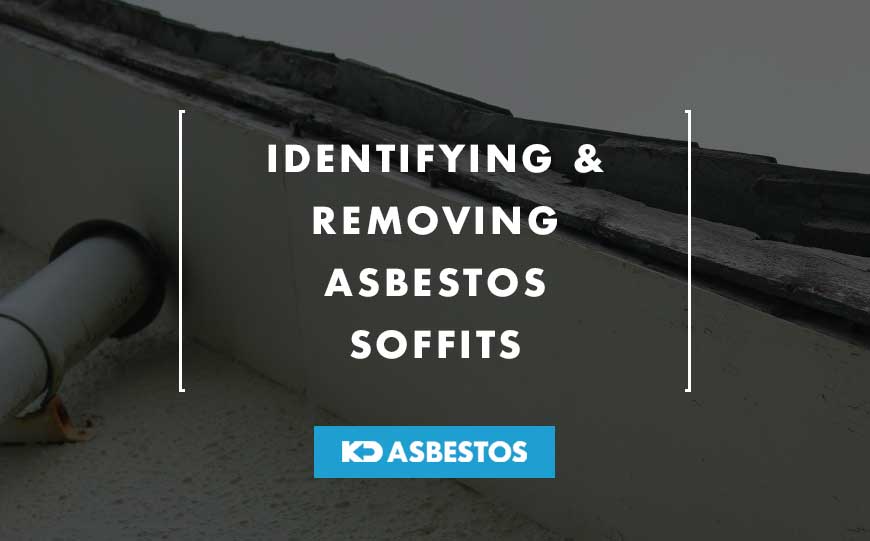
You’ll probably be amazed to learn that around half of UK homes built prior to 1998 have asbestos containing materials present in at least one location.
Sadly, this is the truth, and considering the health risks associated with asbestos exposure, this is not to be taken lightly.
Asbestos soffits for instance used to be very popular in homes that were built back then.
In the chapters below, we explore more about asbestos soffits, how to identify them and the removal process.
Table of Contents
What are asbestos soffits?
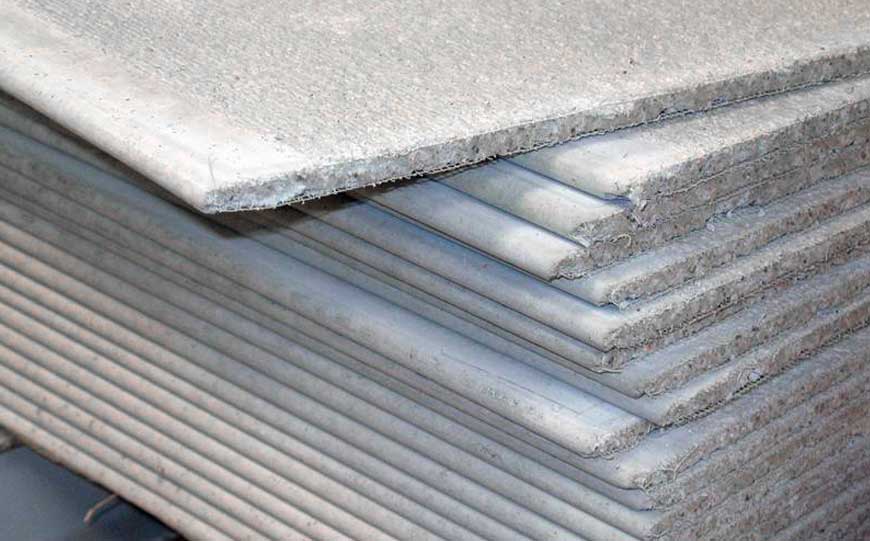
Image credit: Dongyue
Asbestos soffits were constructed from either AIB (asbestos insulating board) or asbestos cement.
The former is a great deal more hazardous.
However in most cases, asbestos cement was mostly used to manufacture asbestos soffits.
In this case, it’s considered to be a lower risk material than AIB.
That said, both materials can release substantial amounts of inhalable asbestos fibres into the air if damaged or disturbed.
Where are asbestos soffits found?
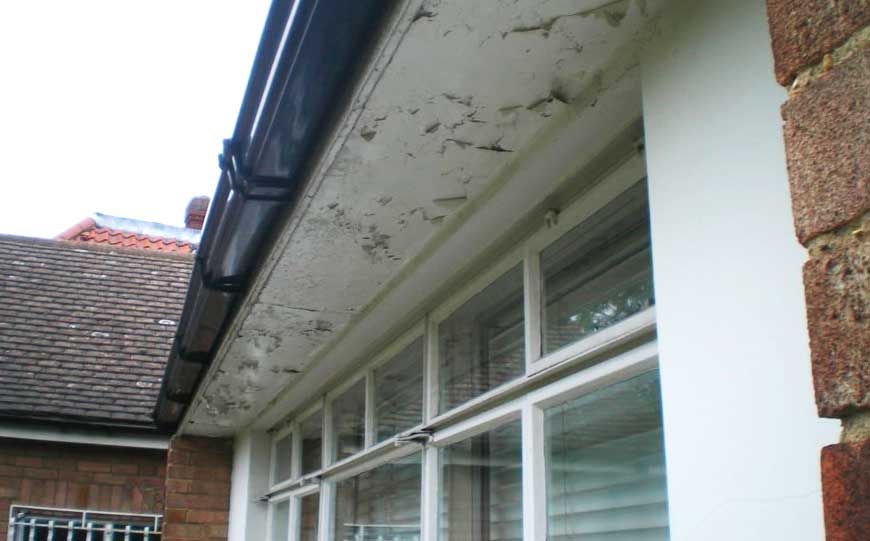
Image credit: Mac Home Improvements
Asbestos soffits are commonly found in houses and commercial buildings that were built between the 1970’s and 1990’s.
It used to be very popular during that period, as it was considered an aesthetically pleasing and relatively affordable home decor option.
Identifying asbestos soffits
In general, it’s quite difficult to identify whether AIB or asbestos cement has been used in the production of a soffit.
This is mainly because they’re often painted in order to blend with the fascia or guttering.
If you look for asbestos in the roofline, it’s recommended that you look out for any white spores and markings.
These are generally an indication that asbestos containing materials have been used when constructing the roof.
It’s important to refrain from handling the material yourself, as it’s very dangerous to respiratory health if asbestos is present.
The best thing to do is to contact a licensed asbestos removal company to take care of the task.
A sample will first be taken to be analysed in a lab for asbestos presence.
If asbestos fibres are found, the removal procedure will then need to be undertaken very carefully, following strict regulations by a team of professional asbestos removal experts.
When were asbestos soffits used?
Asbestos was used in various forms in buildings during the 1900’s.
Asbestos soffits used to be very popular during the period ranging from the 1970’s to the 1990’s.
Following that, asbestos symptoms caused by repeat exposure started to surface, and by the year 1999, asbestos was banned in the UK completely.
If your house was built or renovated back then, it’s crucial to be cautious and carry out asbestos testing on a sample of the soffit to determine if asbestos is present or not.
Why were asbestos soffits used?
Up until the 1990’s, it was not common knowledge why asbestos is dangerous.
For many years, it was used in various construction projects and products as it offered many benefits including durability, insulation and fire retardancy.
It was also easy to acquire and relatively affordable.
Asbestos was used in the production of soffits as it helped make them durable and last for many generations.
Indeed, when asbestos was mixed with other compounds such as cement, it formed a much stronger material.
It is also great for insulation, so was used as a pipe lagging and in loft spaces.
One benefit that’s not commonly known is it also provides good noise reduction qualities.
Obviously, once the dangers associated with asbestos exposure started to surface, its usage was outlawed.
But this only happened as recently as 1999.
Are asbestos soffits dangerous to health?
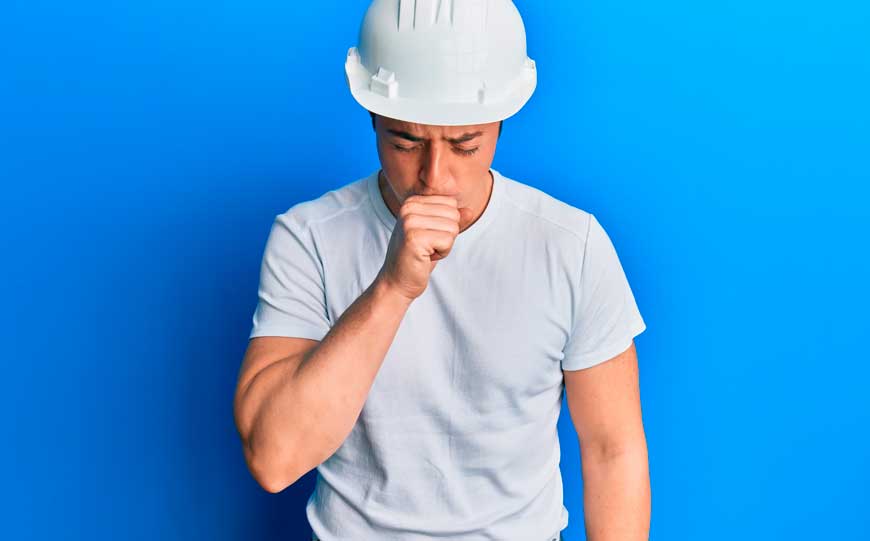
Image credit: Shutterstock
Asbestos fibres can lead to various long term chronic health conditions if inhaled.
These fibres are microscopic and once they make their way into the human respiratory system, they remain there, causing serious damage.
The most common symptoms reported by people suffering from such diseases include:
- wheezing
- shortness of breath
- chest pains
- fatigue
- lung problems
Mesothelioma, asbestosis and lung cancer are the most common diseases associated with asbestos exposure.
The biggest risk of exposure is when the asbestos containing material is disturbed, or if it’s in such a bad condition that it releases asbestos fibres into the air.
So, if you have asbestos soffits showing signs of cracks or deterioration, it’s critical to have them removed by a professional asbestos contractor.
Any alterations or remodeling projects should be undertaken carefully, only after determining whether the soffits contain asbestos.
This is because any disturbance such as drilling will release substantial amounts of asbestos pores into the air.
The dangers associated with asbestos soffits are considerable.
If the soffits are made from asbestos insulating board, it’s even more hazardous than asbestos cement.
Should asbestos soffits be removed?
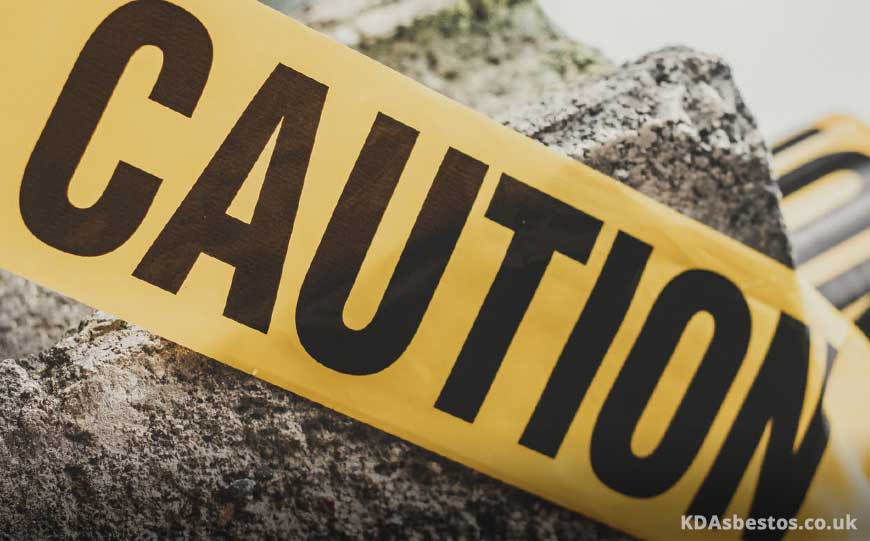
Asbestos soffits should be removed if they’re clearly in bad condition.
If noticeable damage and defects are evident, it’s best to seek expert help to send a sample to a lab for testing, and subsequently have them safely removed.
Various precautions and asbestos regulations will need to be observed to remove dangerous soffits as efficiently as possible.
If the soffits are made from AIB, it’s imperative to have them removed under controlled conditions.
These types of soffits are even more dangerous to health than those made from more commonly used asbestos cement.
If asbestos containing materials are present in the roofline, it’s generally recommended that they’re removed.
They can be replaced with uPVC fascias and soffits, which are both affordable and safe, and practically maintenance free.
In some cases where the asbestos soffits do not need to be removed, it may be an option to paint over them.
This depends on their condition.
It’s important to refrain from scraping or sanding the asbestos before painting however.
Conclusion
There’s many cases when soffits need to be removed, as over time they start to appear outdated, and more contemporary home improvements are desired.
If the soffits contain asbestos, it’s crucial to ensure that they’re removed by a professional licensed asbestos contractor prior to undertaking any demolitions or other works that could lead to asbestos fibres becoming airborne.
Asbestos removal costs will vary depending on the amount of hazardous material that needs to be removed and the type of asbestos the soffits are made from.
The height of the house and whether an enclosure will need to be set up will also affect the cost.
However, it’s the best and safest option if asbestos soffits are present.